Your cart is currently empty!
Putting 2,000 years of Chinese Fashion on the runway

Globalisation isn’t a recent phenomena, and fashion is the best witness to the crossing of cultures, and in the case of Chinese Fashion–its connections with the West and other East Asian countries. While it’s usual for most to dismiss fashion as nothing but skin deep and transient, it is in fact an extremely effective time machine that brings history to life.
I have never been good at remembering historical facts and developments. Going into Chinese fashion reenactments and research allows me to remember things visually, and see patterns and influences on a macro level. This has been a fascinating journey of discovery which I feel could be a useful way to engage the visually-driven younger generation to be interested in history and culture.
On the other hand, I am also trying to challenge the general perception of beauty by showcasing the make-up styles from past to present. Such concepts are always evolving–from pale-face cherry lips of Han dynasty to full-bodied Tang dynasty look, the ancients had lots of time on their hand to experiment (especially the elite class). Unfortunately, these have often been misrepresented in period dramas when they adopt a more digestible and conforming approach in their make-up. While some might seem unconventional and hard for many to accept as standards of beauty today, they were in fact sources of inspiration for many western designers in recent history as well, so it’s important to open our minds to different possibilities and interpretations of beauty.
When the idea for the show first came up in late 2016, it was for early 2017, and I was not exactly sure if I could put together something within such a short span of time, especially considering that I have only really started doing this for less than a year. Then came the relief that the project would be postponed to Q4 of 2017.
And so it was, the date was set, and I had about half a year to put together a fashion runway showcase that would bring people through 2,000 years of Chinese fashion history. I didn’t want it to be just a walkway showcase of styles and make-ups, because like a forensic scientist, I see those as clues to uncover the bigger picture–fashion as clues to uncovering the socio-political and cultural landscape of those times.
But there’s a problem. I know they are parallel to the historical development of China, but I knew nothing of that history (ok, a little, but barely enough)! Growing up, I’ve only studied English Literature, Southeast Asian and European Art history and when I started learning about Hanfu about 1.5 years ago, that was about the time when I actually started realising the difference between dresses of different periods (I don’t really watch TV either… sigh, I know… what a recipe for disaster right). Fortunately, between the time when I started Hanfu till the time the idea of doing a show came up, I had already gathered some basic knowledge, and the next step is to really put them systematically into visual representations and connect the dots between history and fashion.
This was done concurrently as the audition was taking place. A total of 50+ friends and strangers signed up for the audition, and it was a rather daunting one which required both a self introduction and a scenario test. The process is as interesting as the outcome, but I shall leave the details to another day.
The final performers participating in this showcase are as diverse as history itself. In fact, there are several serendipitous similarities between the ancestral background of the performers and the periods they are showcasing. For instance, there is a Japanese student who will be wearing the male Japanese school uniform for the 1930s era China which was a popular wear for male students when the Chinese Republic was first established as many Chinese returned from studies in Japan, bringing those influences (and uniforms) back.
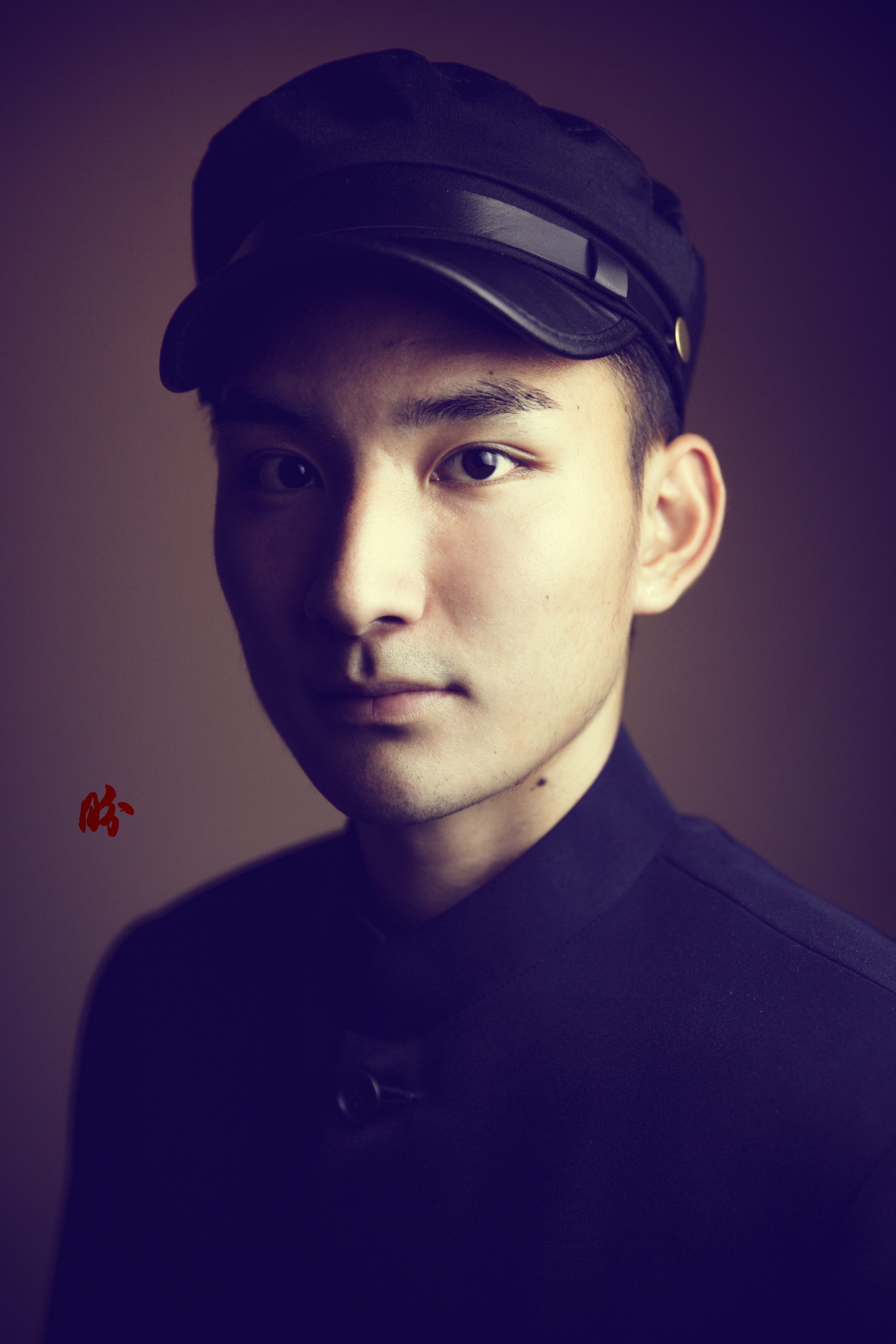
We also have a Chinese Muslim young lady from the Hui ethnic minority group (Chinese is not a homogenous ethnic group) who will be donning the dress from the period where her ethnic group first started to take form in China–the Ming dynasty. During the Mongolian rule, Mongols imported Central Asian Muslims to serve as administrators in China. When Han Chinese overthrew Mongolians and established Ming dynasty, many of the Muslims remained in China, and in subsequent years intermarried with Han Chinese, forming a unique group called Hui ethnic group (the fusion of culture and ethnicity is somewhat similar to that of our Peranakans).
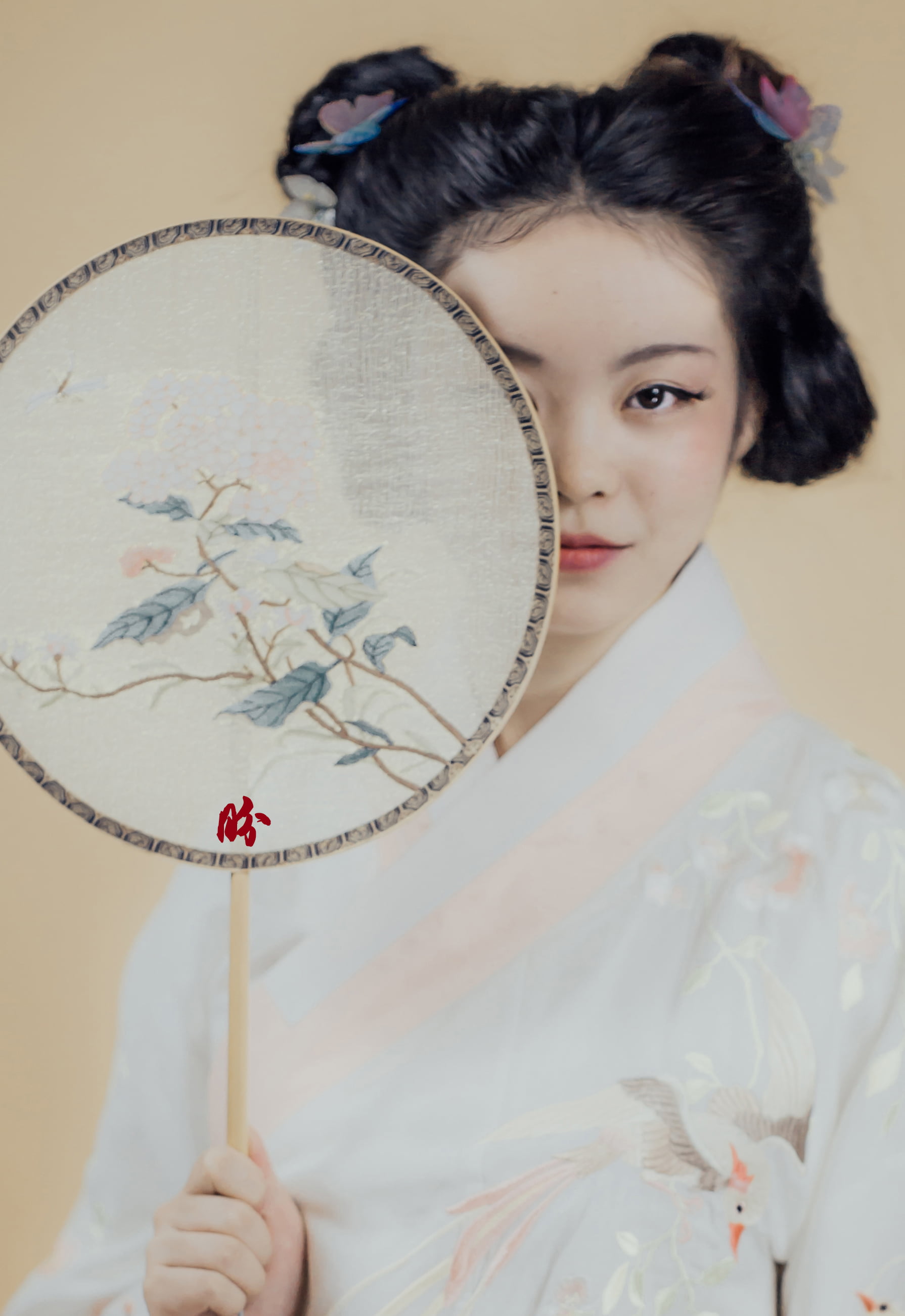
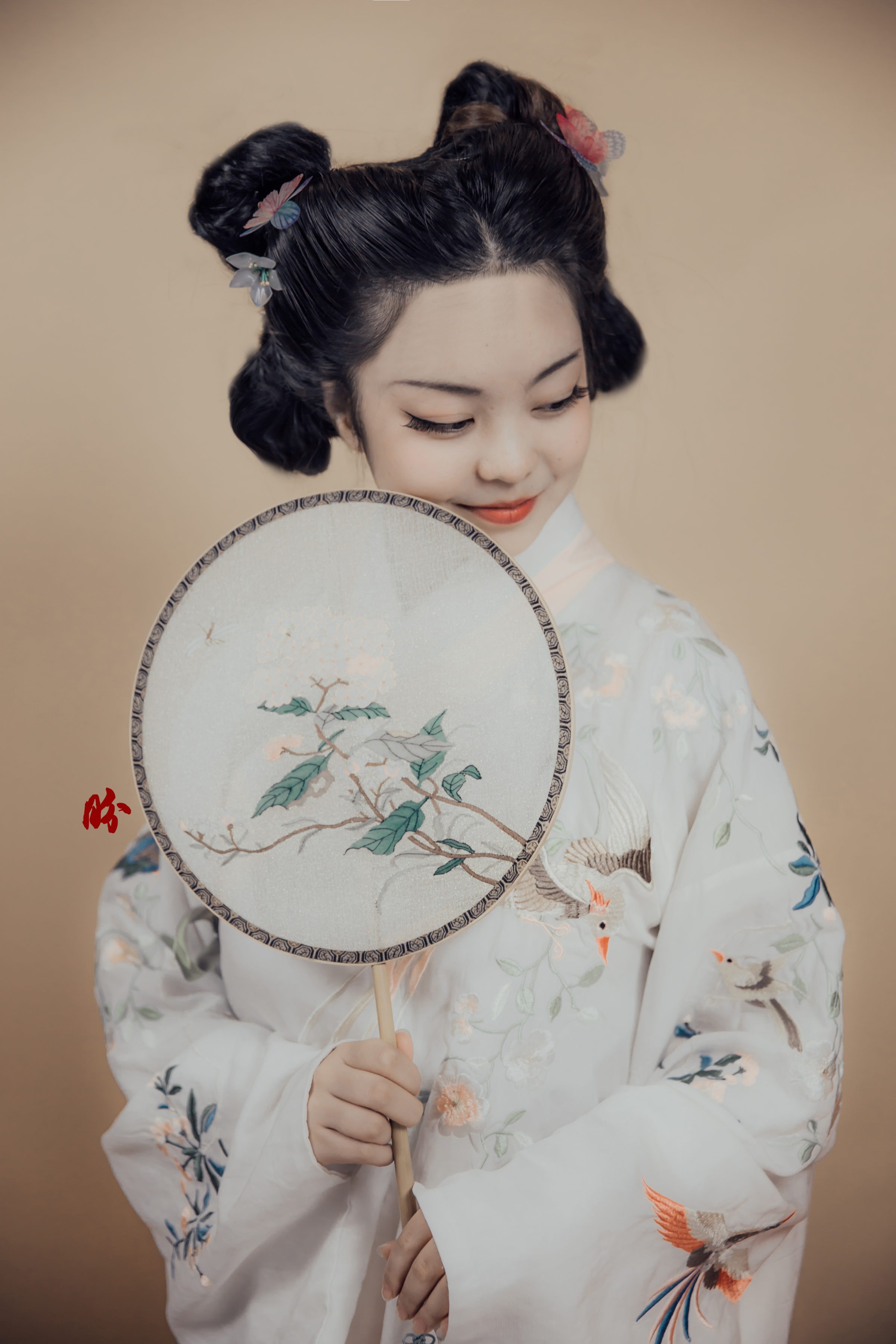
There is even a local Peranakan with part-Thai ancestry who will assume the role of a mixed-ethnic male during the Mongolian rule of China (under the rule of Kublai Khan). Jon commented on my post on open call to ask if we accept male. I facebook-stalked him and thought, he would fit the Mongolian rule period perfectly because of his moustache! It’s only after I got to know him that I realise that he has ALWAYS been interested in the Chinese history and architecture, and I could actually carry out a lengthy discussion with him on matters related to Chinese history (in English of course)!
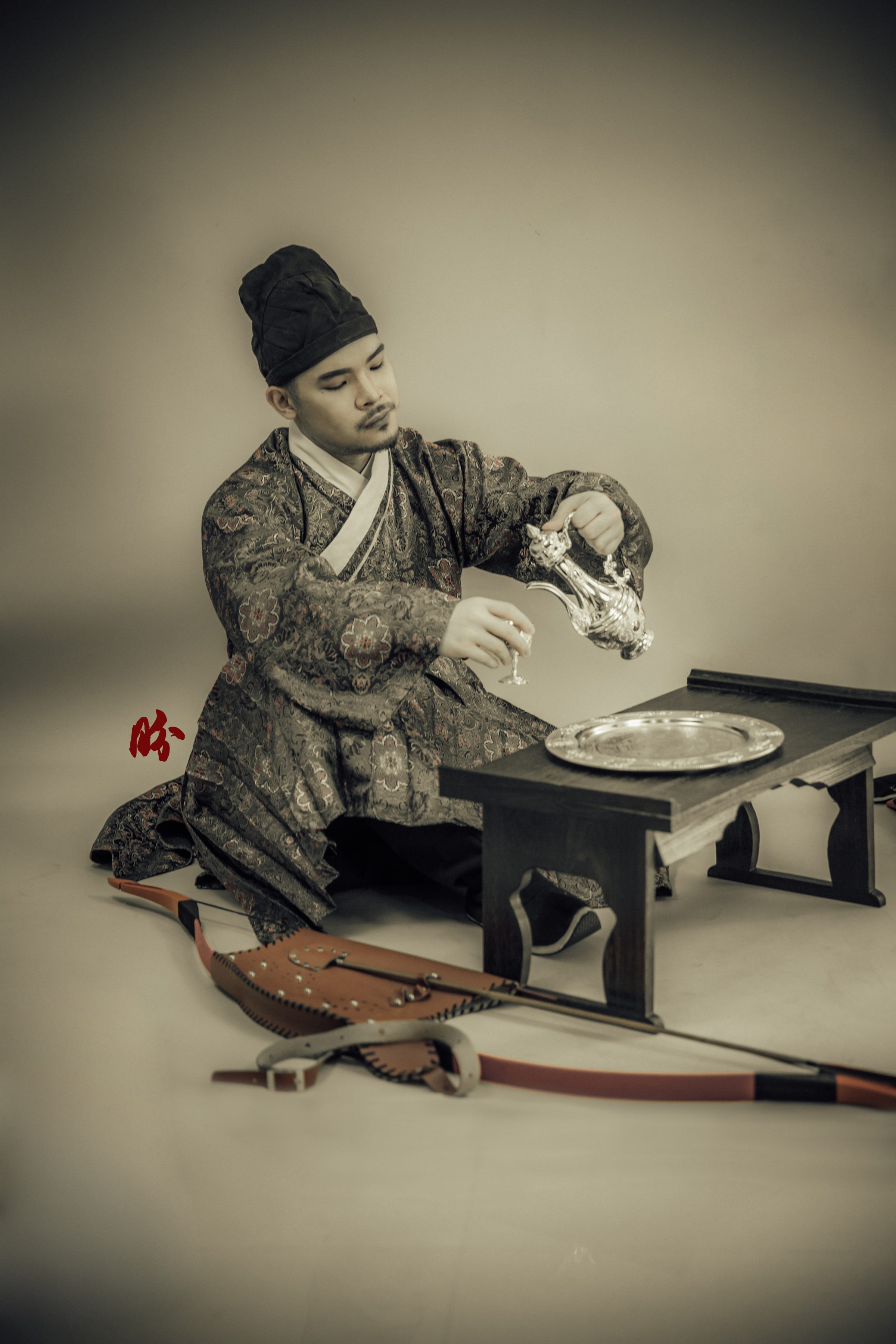
The most amusing coincidence was that of Doris, my Taiwanese-turned-Singaporean Ming dynasty matriarch. Her husband is of Manchurian origin, the group that ended the Ming dynasty rule. And his surname is 仇(hatred, although in the case of surname it is pronounced differently*), so by assuming the role of a Ming dynasty lady, she literally married her enemy (仇人) IRL.
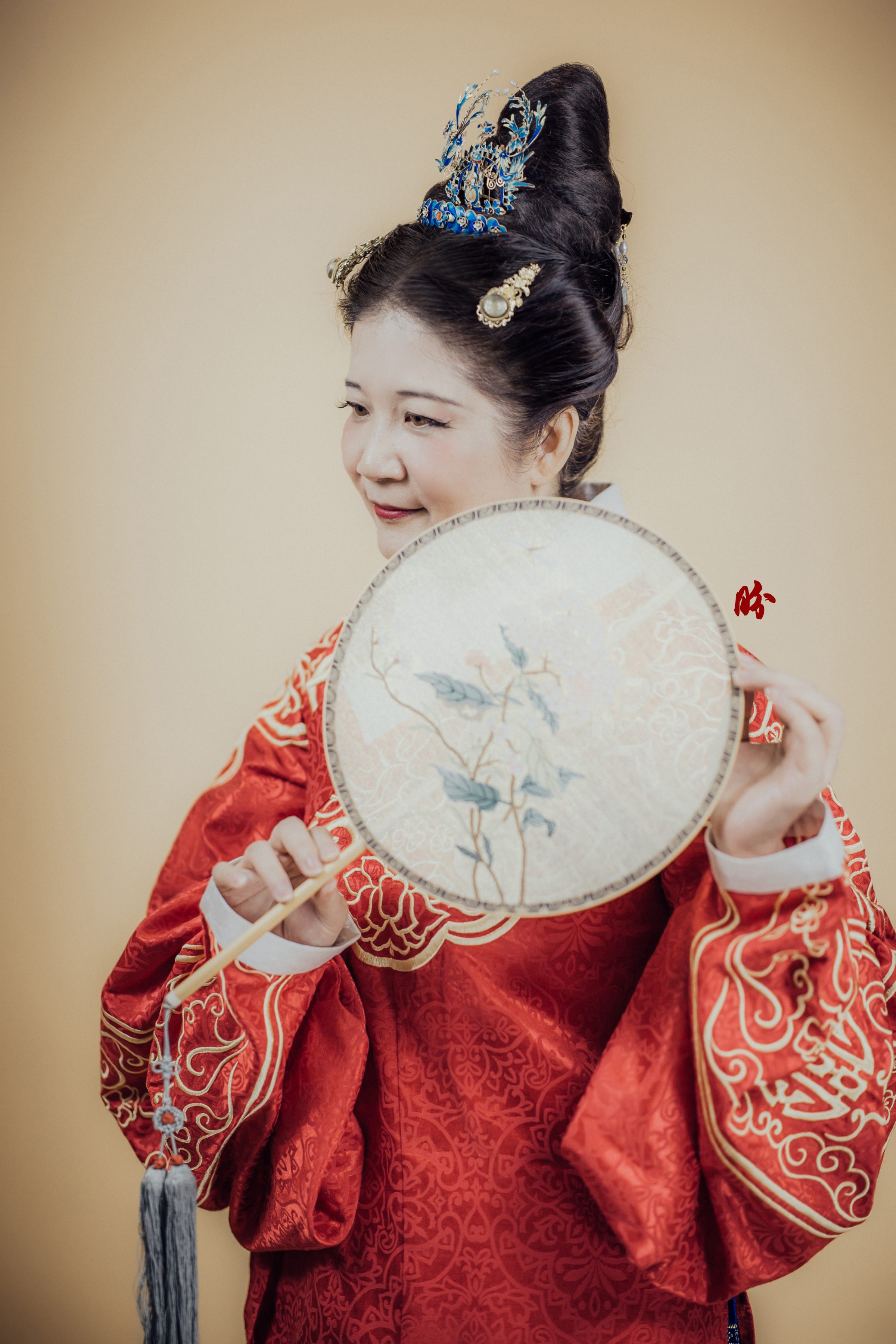
Although majority of the performers are in their 20s, we do have a few who are of more matured age because beauty belongs to everyone, regardless of age (that sounds like a cliche slogan but it’s true! Aura is more important!).
This showcase is a project of passion, definitely #passionmadepossible as everyone is doing this on top of their day job (even the photographer!).

Leave a Reply